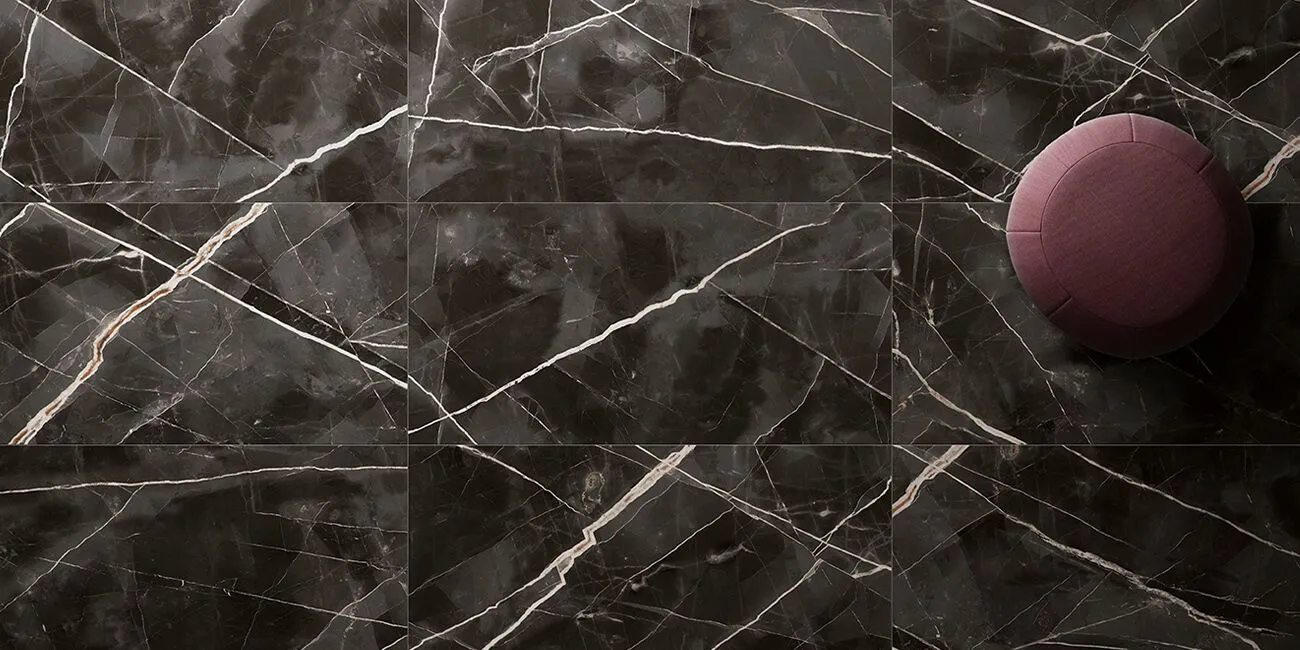Interior design is not just a flight of fancy, but also a careful calculation. For example, if you use porcelain stoneware in your project, you will need to consider a lot of details – from the actual size of the tiles to how they will be laid on the floor or walls. This is the only way you can be sure that the result will be truly beautiful, durable and safe. We tell you what points you need to consider before creating a layout of floor or wall tiles.
Visualization
To create a project visualization with photographic accuracy, you can use the free portal ArchItalon. This is a special service for designers, planners and architects, where you can find all the brand’s materials in high resolution.
What is presented in ArchItalon:
- Italon tile textures in 6 graphic variations;
- modular panels simulating laying patterns for visualizations;
- 3D models of special decorative elements Italon;
- 3D models of furniture and plumbing Italian Home.
Complete a quick registration and use the unique service. You can read about the features of this tool in the article ” How to create photorealistic visualizations with Architalon “.
Format and caliber
These two concepts may seem synonymous, but they are not. Format is the nominal size of the tiles, while caliber is the actual size, most often it is smaller than the declared size. For example, the actual size of porcelain stoneware in the 60×120 cm format in caliber 6 will be 596×1195 mm. This must be taken into account when creating a layout and calculations. It is very important that the tiles used in the project have the same caliber – always check this parameter when buying. It is indicated on the product boxes, and can also be found in the general catalog and on the official Italon website . More detailed information on this topic is presented in the article ” Tile tone and caliber. What is it? “
Size of decors
The Italian collections include not only porcelain tiles for wall and floor use, but also decors – mosaics, bricks and other elements. All of them have their own size range, which does not always match the formats of the main slabs. Therefore, when installing them, you should not strive for a perfectly precise transition between the seams of the decors and porcelain tiles on the floor or walls.
Rectification
All Italon products are rectified, which means that they have absolutely smooth edges, ground at an angle of 90°. This allows you to lay porcelain stoneware end to end and combine slabs of different sizes from several collections in one project – the result is very neat and aesthetic. Laying with a minimum joint of 1.5 mm is allowed – this solution helps to create the effect of a monolithic surface, especially if you use a grout that is very close in color. Why we do not recommend seamless laying, you can read here .
Bias
If you choose rectangular tiles for floor or wall cladding, it is important to calculate their correct offset relative to each other. The maximum permissible value in this case is no more than 30%. Laying in which the slabs are offset by 50% is not recommended. Possible layout schemes are indicated on the product packaging.
Graphics Features
To make the wall or floor covering look as realistic and natural as possible, do not try to match the pattern on the tiles – this is not included in the concept of the Italian collections. Before starting tiling, lay out the materials from 6-7 different boxes in a chaotic order (for example, on the floor) without using glue to achieve the “random” effect. And only then start laying. This is especially true for porcelain stoneware, which recreates the graphics of natural materials – for example, marble, stone or wood.
Surface type
When choosing tiles, especially floor tiles, it is very important to consider the type of its surface – it can be natural , structured (grip), patinated (satin), lappato (polished), luxury or silk .
This affects not only the aesthetics, but also the safety of the project.
In high-risk areas, such as bathrooms, showers and swimming pools, matte and structured, slip-resistant materials should be used on the floor, which will remain safe even if water gets on them.
When choosing porcelain stoneware and creating a project, you need to pay attention to the anti-slip coefficient – the higher it is, the less slippery the surface will be.
In the ceramic industry, there are two criteria that indicate the ability of a tile to resist slipping. These are the R-factor and A, B, C. Pay attention to this when choosing a material for a project.
Special elements
To give your project a finished look and make it as safe as possible for use, use special elements presented in the Italon range – ceramic joint profiles, skirting boards, steps, etc. They can be found in all porcelain stoneware collections of our brand.
Before creating a tile layout, carefully study the product packaging and read all the manufacturer’s recommendations. All important information that affects the quality of tile laying and the appearance of the cladding is always indicated on the packaging. If you have any questions, it is better to contact the Italian brand representatives, who will be happy to answer them.



